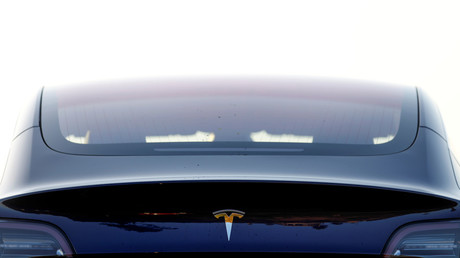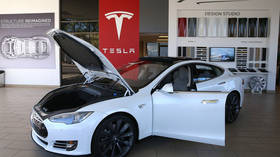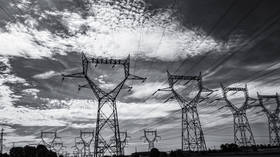The world-famous coffee giant Starbucks has come under fire for scrapping the Covid-19 vaccine mandate, with calls to ‘boycott Starbucks’ flooding social media.
Both customers and Starbucks baristas say they refuse to support a place, no matter how iconic, which does not require employee vaccinations.
“Who wants unvaccinated people handling your food and drinks?” wrote one Twitter user, while others bitterly joked with the idea of “Starbucks now serving Covid-19 with that delicious hot coffee.”
The public reaction was sparked by Starbucks’ decision to go back on its previously announced plan to require all its US workers to be vaccinated against Covid-19 by February 9 or submit to weekly testing. The company scrapped the plan after the Supreme Court earlier this month ruled against the vaccine mandate proposed by President Joe Biden’s administration for large businesses. Without the mandate, firms are left to decide how to counter the spread of the pandemic internally.
“We respect the Court’s ruling and will comply,” John Culver, head of Starbucks in North America, said in a note to employees on Tuesday. Culver noted, however, that Starbucks workers are still encouraged to get vaccinated. He added that the “vast majority” of Starbucks’ roughly 200,000 US employees have been fully vaccinated already, but did not give specific numbers.
The firm’s employees have not been happy with management’s decision, staging a walk-off earlier this month over “Covid-19 safety concerns that the company rebuffed” at a Starbucks in Buffalo, New York, the company’s first unionized store. The union – Starbucks Workers United – formed just last month, representing two Buffalo-area Starbucks stores. It slammed the company’s reversal on the vaccine mandate, stating that the decision was made without employee feedback.
Starbucks declined to comment on the public backlash regarding the mandate decision when asked by Yahoo Finance. The company introduced a number of Covid-19 safety protocols this week, including the requirement for workers to wear three-layered medical grade masks and the expansion of self-isolation policy. Starbucks also continues to offer two hours of paid leave for employees getting vaccinated.
For more stories on economy finance visit RT’s business section
Article source: https://www.rt.com/business/547363-starbucks-vaccine-mandate-backlash/?utm_source=rss&utm_medium=rss&utm_campaign=RSS











